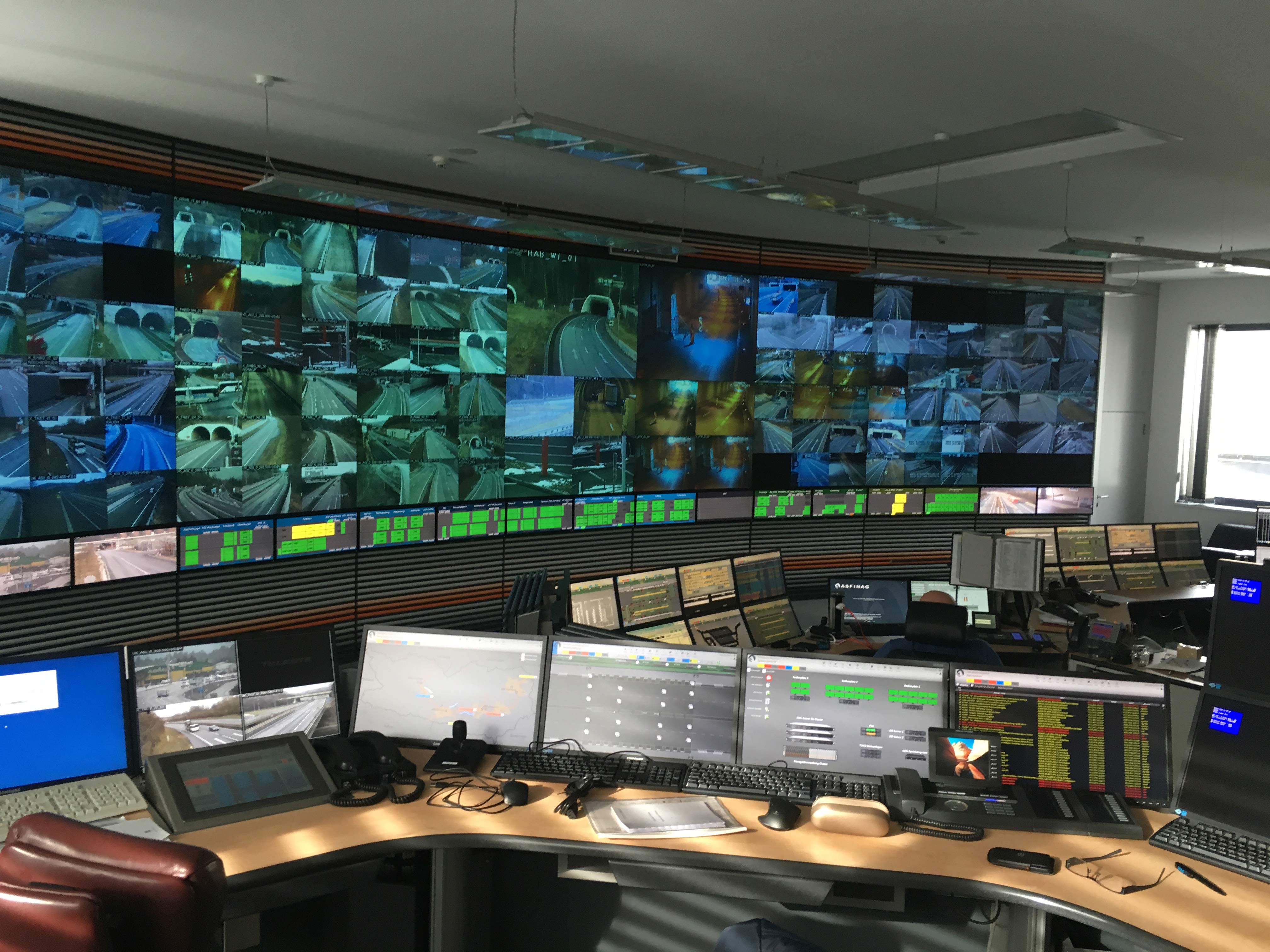On 9 April 2018, the starting gun sounded for erecting the new core system for traffic management in Austria’s high-level road network (VMIS 2.0).
VMIS-EHE, the Swiss-German-Austrian consortium that consists of the companies EBP Schweiz AG, Heusch/Boesefeldt GmbH and evon GmbH, has received the award in the competitively bid project, ID No: 6549 of the ASFINAG Maut Service GmbH for the “Traffic Management and Information System 2.0 (VMIS 2.0) Core System and Operating GUI”. The overall control of the consortium and the project leadership are being taken over by the EBP Deutschland GmbH. Central object of the VMIS 2.0 assignment are the development, startup, migration, operation and further development of the traffic-related core system and the consistent user interface for all of ASFINAG’s traffic management centres (“Operator GUI”).
The new traffic-related core system will consist of, analogous to the existing system, several regional traffic management centres as well as a superordinate traffic computer centre which makes the following functions available:
Monitoring, management, configuration and parameterisation of TLS outdoor facilities
Largely automated equipment control by means of a new control model
Data source for various inside consumers (VMIS 2.0 Central Data Repository + Reporting) and outside consumers (e.g. traffic information services) of the VMIS 2.0 context.
Provision of interfaces for external systems, especially for opening of the equipment control for external systems (e.g. cooperating services) and for the direct communication between substations and tunnel systems
Systemwide cross-sectional functionality such as report management, user and rights management, and geo-manager
Traffic engineering job for the adaptation and optimisation of the traffic-related configuration and parameterisation
The new operator GUI should offer a consistent and modern operator panel for the operators of all ASFINAG facilities that are important for traffic management. This also includes, in addition to the operations of existing traffic-related facilities on open land, the operation of facilities in the tunnels as well as a multiplicity of additional systems related to traffic management (e.g. emergency calls, incident management, video). One important aspect for the removal of the existing system is to secure the seamless and if possible, uninterrupted transition to the new system in the sense of an undisturbed operations management. That especially affects the thoroughly flawless functioning and interruption-free control of the street-side facilities as well as the reliability of the basic maintenance of the system (configuration, parameterisation). in addition to development, startup and migration, operation and further development of the traffic-related core system and the operator GUI are also objects of the contract. This includes as well the ongoing maintenance and repair as well as the continued development of the VMIS 2.0 system. The planned useful life of VMIS 2.0 is construed to be 17 years. To illustrate the complexity of the project, some benchmark data has been assembled as follows: overall, more than 33,000 operating resources will be integrated along the entire traffic route (2,183 kilometers) for traffic control in the new system. In addition, there are about 160 tunnels. More than 200 employees of the ASFINAG in six regional traffic management centres will see to it in the future that traffic on Austria’s main traffic arteries flows as free of interruptions as possible.

